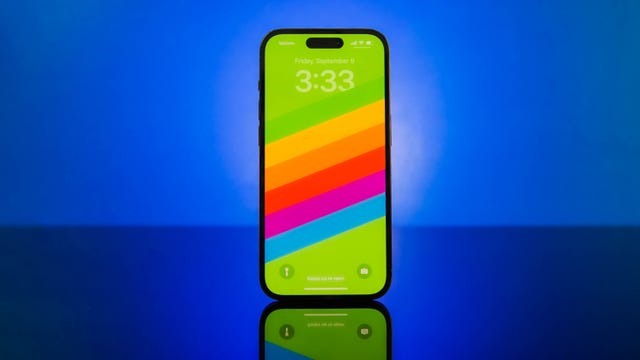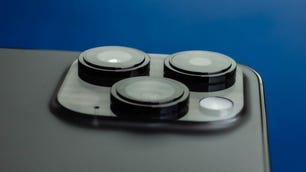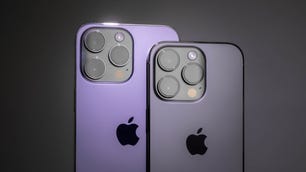Technologies
Apple Event 2023: iPhone 15 Launch and Everything Else We Expect to See on Sept. 12
We could see the iPhone 15, Apple Watch Series 9, Apple Watch Ultra 2 and, maybe, an iPhone 15 Ultra.
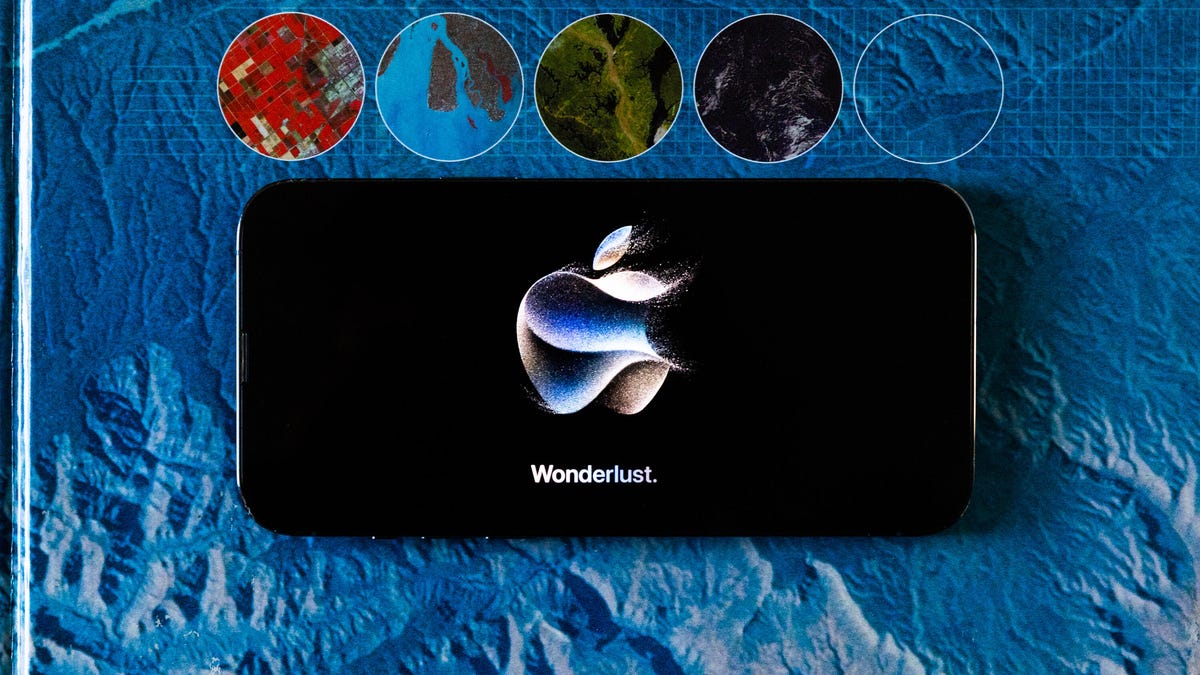
In another sign that fall is just around the corner, Apple sent out invites for an event that’s set to take place at the Steve Jobs Theater on Tuesday, Sept. 12, where we expect to see the next iPhone and Apple Watches announced. The annual fall iPhone event has become a cultural touch point heralding the end of summer, right up there with pumpkin spice.
For months, a seemingly endless flow of iPhone 15 rumors have circulated online. Some hint at a rather straightforward round of year-over-year upgrades, while others point to the possibility of a rebranded larger Pro model called the iPhone 15 Ultra. Let’s break down everything you can expect from Apple’s fall event.
Wanderlust or wonderlust?
The event’s invite is characteristically enigmatic, showing an Apple logo made up of tiny dustlike particles. The logo has grooves carved out of it, a bit like the forms you see on windswept sand dunes.
The tagline, «Wonderlust,» is of course a play on the word wanderlust, which means a strong longing for or impulse toward wandering. Does wonderlust mean a strong longing for or impulse toward wondering? Like everyone else, we’re trying to read something into the invite and wondering what it has to do with Apple’s upcoming announcements. Could the grooved cutouts in the logo refer to a less boxy iPhone design? Could the particles refer to improved cameras capable of capturing more detail? Could the colors — metallic shades of gray, blue and even gold — be a reference to the colors of the new iPhone or Apple Watch?
Or is this all just Apple acknowledging the fleeting nature of existence? No idea. But I expect the iPhone 15 Pro will be the headliner.
The iPhone 15 and 15 Plus
As in the iPhone 14 series, there will likely be four models in the new iPhone lineup: the iPhone 15, 15 Plus, 15 Pro and 15 Pro Max. According to Bloomberg’s Mark Gurman, who has a solid record when covering Apple leaks, the iPhone 15 and 15 Plus will basically be a repackaged iPhone 14 Pro without the telephoto camera or stainless steel body.
The new phones would inherit a 48-megapixel main camera and the A16 chip from the 14 Pros. On the outside, the two phones will trade their display notches for the Dynamic Island cutout that also debuted on the 14 Pro and 14 Pro Max.

Despite the addition of the Dynamic Island, don’t expect any other changes to the screen. Display analyst Ross Young said in a September 2022 post on X, formerly known as Twitter, that he isn’t expecting base iPhone 15 models to get a high refresh rate like Apple’s Pro iPhones.
And according to a May report by ChargerLab, a battery and charging specialist website with a steady track record for rumors, all four iPhone 15 models will support 15-watt wireless charging using the Qi2 open standard announced earlier this year. If this turns out to be true, it could mean the iPhone 15 would open up a whole new world of wireless charging devices that don’t necessarily need to be licensed Apple MagSafe accessories.
See also
But the biggest change expected for all four iPhones will be the shift away from the Lightning connector. Likely driven by pressure from the European Union, which passed legislation adopting USB-C as a common charging standard, the iPhone 15 series will have a USB-C port instead of a Lighting port. The last time Apple switched the iPhone’s power port was in 2012, when it debuted the Lighting port on the iPhone 5, which spelled the end of the wide 30-pin iPod connector that was previously used.
It’s a bit hazy how exactly Apple will handle this, like whether USB-C will be on all new iPhones globally or just in the EU. But it’s highly likely that all new iPhone models will be sold with a USB-C port for the foreseeable future.
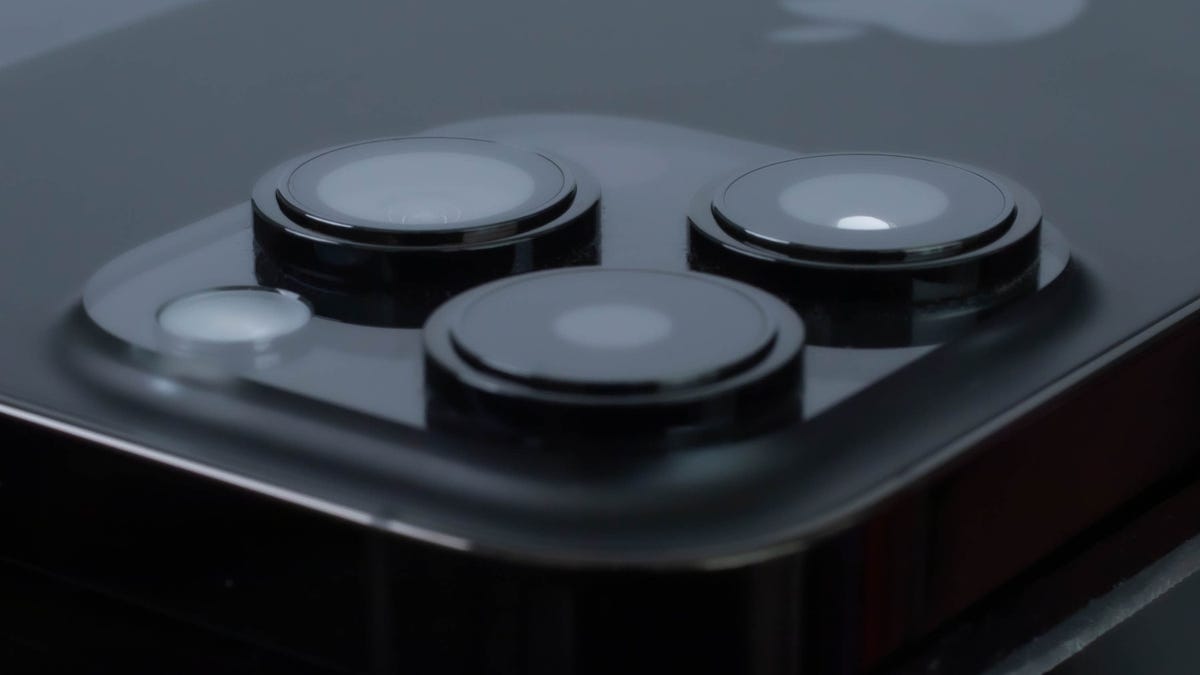
The iPhone 15 Pro and 15 Pro Max
Of everything Apple’s expected to announce, the iPhone 15 Pro and 15 Pro Max could have the biggest changes. According to Bloomberg’s Gurman, stainless steel is gone, and instead the Pro model’s frame will be made from titanium. The shift in materials could help reduce the overall weight of each phone, which is hefty even without a case.
The iPhone 15 Pro and 15 Pro Max will likely get a new chip called A17 that features a supertiny, 3-nanometer processor, Apple’s smallest silicon to date. Around the front, the two phones will likely have thinner display bezels.

The Pro models’ biggest change will be the USB-C port, which in a break from the regular 15 and 15 Plus could support faster data speeds for things like transferring files and ProRes video files.
The iPhone 15 Pro Max may get a new 6x optical telephoto camera. Ming-Chi Kuo, a noted Apple analyst with TF International Securities, predicts the iPhone 15 Pro Max will have a horizontal mounted periscope lens and camera unit inside the phone’s body, similar to ones in the Pixel 7 Pro, Galaxy S23 Ultra and Sony Xperia 1 V.
Doubling the native optical zoom from 3x to 6x should enable you to capture zoomed-in photos with better detail, resolution and dynamic range compared with the 6x digital zoom on a current iPhone 14 Pro.

Kuo’s report also hints at both Pro models having solid-state volume and power buttons, which would further differentiate them from the regular 15 and 15 Plus. The buttons wouldn’t be mechanical and would be more akin to the touch sensitive area that debuted on the iPhone 7 and acts like a «home button» thanks to some clever haptic feedback. Back in 2018, the HTC U12 had solid-state buttons instead of mechanical ones; however, the experience using them wasn’t great.
There are a couple of rumors that have been circulating despite being a bit dated or unlikely. The first is that the iPhone 15 Pro Max may be rebranded as the iPhone 15 Ultra. Bloomberg’s Gurman mentioned the possibility nearly a year ago, but that should be taken with a grain of salt since more recently Gurman hasn’t brought it up.
Another up-in-the-air rumor comes by the way of MacRumors, which found code in a beta version of iOS 17 that describes functionality for an action button like the one on the Apple Watch Ultra. Such a hardware addition would be a first for Apple, and the iPhone’s action button would be for more-phone-oriented tasks like shortcuts or triggering the camera shutter. We’ll have to wait until the 12th to find out.
Apple Watch Series 9 and Apple Watch Ultra 2
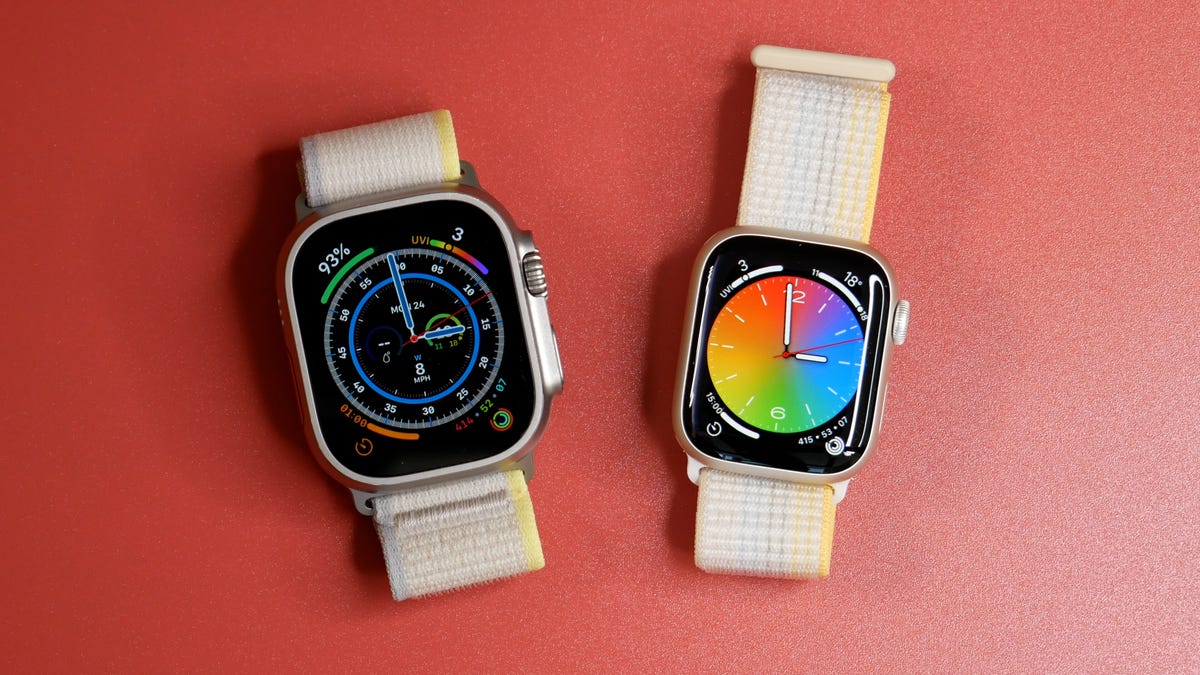
In a less ambitious update, it seems the next regular Apple Watch will likely be a relatively modest year-over-year iteration of the Apple Watch Series 8. The Series 9 could come in a new color. As reported by MacRumors, based on a post by X/Twitter user ShrimpApplePro, the Apple Watch Series 9 might come in a new pink color.
The Series 9 will likely be powered by a new S9 chip, which Bloomberg’s Gurman, posting to his Power On Discord channel back in May, described as bringing improvements to performance and efficiency. That’s another way of saying the battery life might be better.
The Apple Watch Ultra could see a second-generation version. The rugged watch debuted last year, and a new version could bring a faster chip and come in a black titanium finish, according to an X/Twitter post by ShrimpApplePro. A black version of the Ultra could look amazing!
All right, let’s talk about everything else.
Potpourri and wrap-up
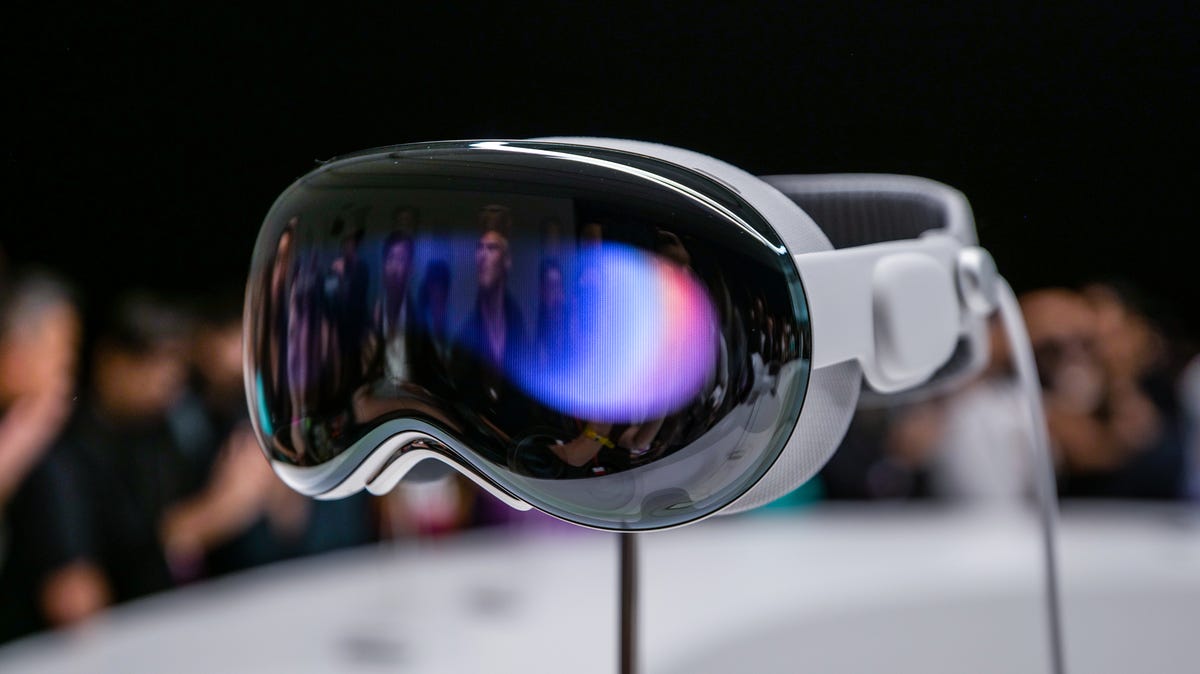
The AirPods case could see a new version with a USB-C connector. iOS 17 and WatchOS 10 will likely get an official release date. And I can’t imagine that Apple would pass up a chance to update everyone on its Vision Pro headset that was announced in June at WWDC.
Obviously, until Tim Cook and crew walk onto that stage in the Steve Jobs Theater and make their announcements, we won’t know anything for certain.
Technologies
These Anker Earbuds Are Down to $57 — and Even Amazon Couldn’t Resist Matching the Price
Grab yourself a solid pair of earphones that offer excellent noise cancellation and battery life.
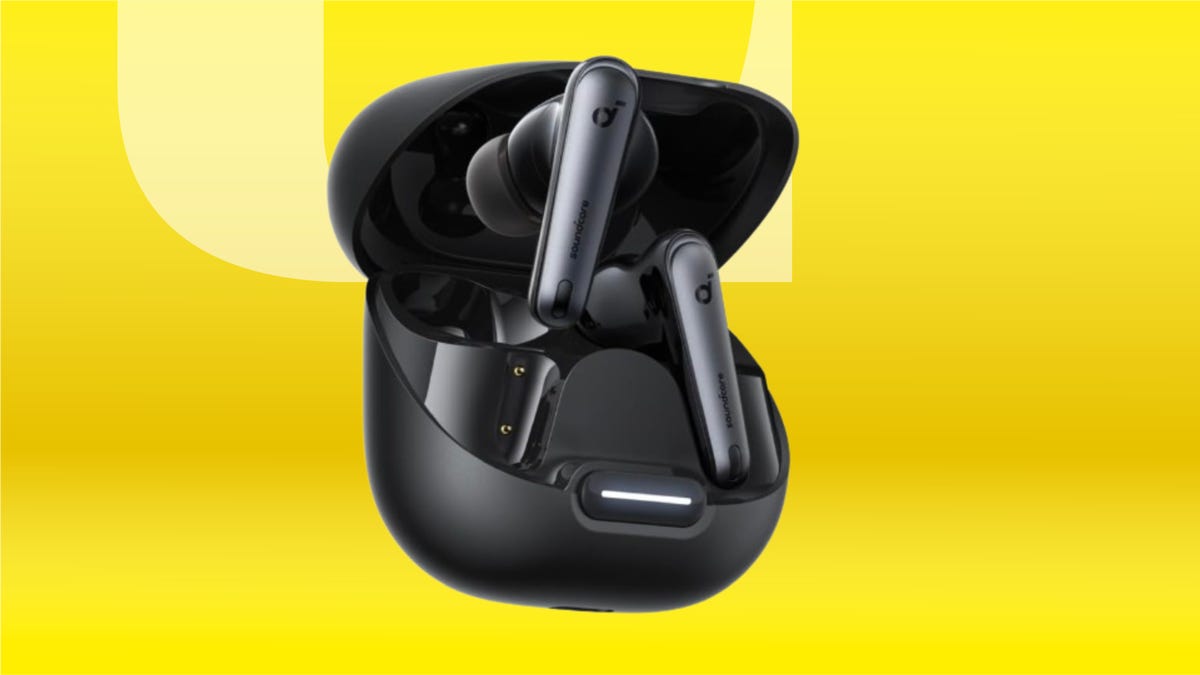
There are plenty of earbud options out there, but finding the right ones for you can feel nearly impossible as a result. But if you’re after some of the best noise-canceling wireless earbuds and you’d like to save some money, we might have the answer for you.
Best Buy is running a one-day sale on the excellent Anker Soundcore Liberty 4 NC earbuds, knocking the price to just $57 — which matches the lowest price we’ve seen yet. And Amazon’s price-matching. With a 43% discount, now’s the time to grab a pair before this limited-time deal disappears.
These earbuds have 11mm drivers, as well as hi-res wireless, LDAC technology and adaptive noise canceling that should reduce noise from your environment by up to 98.5%, according to Anker. That means you can stay immersed in the music (or other content you love) regardless of what’s going on around you.
Plus, because they’re equipped with six mics, they offer good call quality, regardless of your environment. We found them comfortable, too, and loved the bass they put out.
Hey, did you know? CNET Deals texts are free, easy and save you money.
The Liberty 4 NC earbuds have an impressive battery life as well, offering up to 10 hours of playback per charge, with an additional 50 hours available with the charging case. And just 10 minutes of fast charging can get you up to four hours of playback. They’re also rated IPX4 water-resistant, so any inclement weather while you’re out shouldn’t cause these buds any harm.
Another great feature these earbuds offer is multipoint connection, which lets you connect to your phone and your computer at once, which is super convenient. That’s a lot of features for earbuds this affordable.
If you’re not totally sold on this model, be sure to check out our roundup of all the best headphone and earbuds deals happening now.
HEADPHONE DEALS OF THE WEEK
-
$300 (save $51)
-
$299 (save $151)
-
$220 (save $180)
Why this deal matters
These excellent earbuds are now available at their record-low price. Best Buy is limiting this discount to a one-day sale, and we expect Amazon to end the deal around the same time, so be sure to grab a pair before this opportunity expires.
Join Our Daily Deals Text Group!
Get hand-picked deals from CNET shopping experts straight to your phone.
By signing up, you confirm you are 16+ and agree to receive recurring marketing messages at the phone number provided. Consent is not a condition of purchase. Reply STOP to unsubscribe. Msg & data rates may apply. View our Privacy Policy and Terms of Use.
Technologies
The Apple Watch Ultra 3 Just Got Its First Proper Discount, but It Won’t Last Long
The latest rugged smartwatch from Apple is yours for just $700 right now.
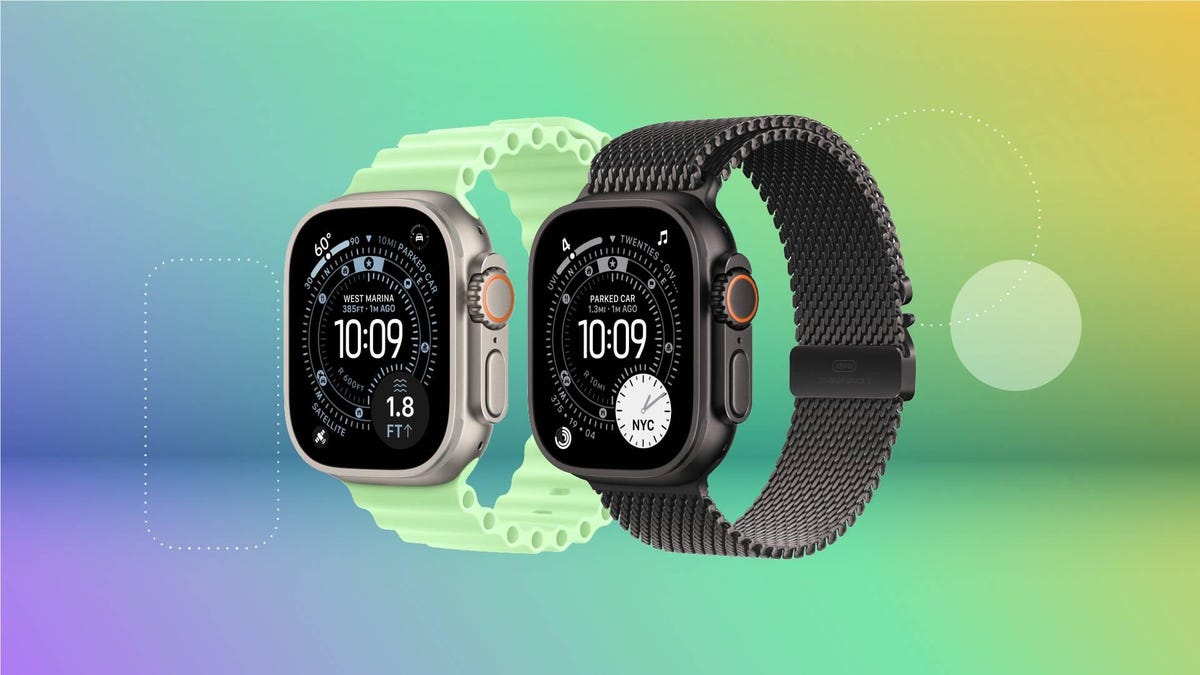
The Apple Watch Ultra 3 has only been on sale for a few weeks, but it’s already available for its first real discount. Getting one of the best smartwatches money can buy isn’t going to be cheap, but this deal saves you $99 off the usual asking price. But be warned, we don’t expect this early Black Friday deal to last long.
The result? You’ll pay just $700 for your new Apple Watch Ultra 3, with a couple of colors and band combinations available. These prices often fluctuate, so we suggest checking out all available pairings before placing your order. Apple Watch Ultra 3 deals are likely to come and go quickly.
All Apple Watch Ultra 3 models come with cellular modems inside so you can connect them to your carrier — assuming it supports the Apple Watch’s eSIM. That’ll allow you to stay connected even when you don’t have your iPhone with you.
Hey, did you know? CNET Deals texts are free, easy and save you money.
The Apple Watch Ultra 3 comes in a large 49mm size, so it’s easy to read. Despite that huge display, Apple Watch Ultra 3 owners can expect long-lasting battery life. In fact, the Apple Watch Ultra 3 can run for up to 42 hours in normal mode and a whopping 72 hours in its low-power mode.
This being an Apple Watch, it comes with all of the usual health and fitness monitoring features, as well as sleep tracking. It can monitor your heart rate, track your progress thanks to its precise dual-frequency GPS, and do a whole lot more.
If the standard Apple Watch models can’t quite live up to your busy, active lifestyle, this is the model for you. Be sure to order your new smartwatch before this deal expires.
SMARTWATCH DEALS OF THE WEEK
-
$329 (save $100)
-
$200 (save $100)
-
$200 (save $100)
-
$500 (save $150)
Why this deal matters
The latest Apple Watch Ultra 3 is the best of its kind. It has a new display that’s designed to be easier to read and has an impressive battery life. It isn’t the cheapest smartwatch on the market, but if you want the best that Apple has to offer, now is the time to place your order — before this deal ends.
Looking for savings on other models? Check out all the best Apple Watch deals happening now.
Join Our Daily Deals Text Group!
Get hand-picked deals from CNET shopping experts straight to your phone.
By signing up, you confirm you are 16+ and agree to receive recurring marketing messages at the phone number provided. Consent is not a condition of purchase. Reply STOP to unsubscribe. Msg & data rates may apply. View our Privacy Policy and Terms of Use.
Technologies
Here’s the Best Time to Spot November’s Supermoon, the Brightest Moon of 2025
Does the moon look brighter and bigger? It’s not just you — here’s why this month’s supermoon is even more super.

November is a great month for skygazers, featuring a trio of meteor showers and the return of the northern hemisphere winter constellations. This week, it also features the second of four consecutive supermoons. This month’s supermoon will happen on Nov. 4-5, and November’s beaver moon is special because it’ll be the brightest full moon of 2025.
Don’t miss any of our unbiased tech content and lab-based reviews. Add CNET as a preferred Google source.
In addition to being a supermoon, November’s full moon is known as the beaver moon. There is some debate as to why it was named this way. Some believe that this was the best time of year in the old days to set beaver traps to get pelts for winter clothing. Others believe that it coincides with the busiest part of the year for beavers, who are now stocking their lodges with supplies for the upcoming winter.
The brightest supermoon: When’s the best time to see it?
The moon will reach peak illumination at 8:19 a.m. ET on Nov. 5, making the evening of Nov. 4 and the morning of Nov. 5 the best times to view the moon.
Since moon phases shift slowly, the moon will appear almost full for nearly a week. If you are unable to view the full moon on its best night due to weather or other reasons, you can still see a mostly full moon at any point from Nov. 3 to Nov. 8.
For all of those days, the moon will be measurably brighter in the night sky compared to any other full moon in 2025. The reason for this is because of the moon’s elliptical orbit. Since it’s not a perfect circle, the moon’s 27.3-day journey around the Earth brings it closer to us on some days, a phenomenon known as perigee. If there is a full moon during this time, it’s branded as a «perigean full moon,» which you may know better as a supermoon.
Not all supermoons are equal, and November’s will be a little more special than others. According to The Farmer’s Almanac, the beaver moon will be a scant 221,817 miles away from Earth, making it the closest full moon of the year. That means it’ll be the biggest and brightest of the year.
In practice, the differences are fairly minor and likely won’t be visible to the naked eye when compared side by side to other supermoons. A supermoon is only about 7% larger than a regular full moon. According to NASA, the biggest difference is when comparing a supermoon to a micromoon, where a supermoon will be about 14% larger and 30% brighter. So, if you notice that your backyard patio is lit up more than usual, it’s because of the supermoon.
Also due to the moon’s orbit, November will also bring a micro new moon, which means the moon will be as far away from the Earth as it can get — a phenomenon known as apogee. November’s new moon occurs on Nov. 20, but you won’t be able to see it.
-

 Technologies3 года ago
Technologies3 года agoTech Companies Need to Be Held Accountable for Security, Experts Say
-

 Technologies3 года ago
Technologies3 года agoBest Handheld Game Console in 2023
-

 Technologies3 года ago
Technologies3 года agoTighten Up Your VR Game With the Best Head Straps for Quest 2
-

 Technologies4 года ago
Technologies4 года agoVerum, Wickr and Threema: next generation secured messengers
-

 Technologies4 года ago
Technologies4 года agoBlack Friday 2021: The best deals on TVs, headphones, kitchenware, and more
-

 Technologies4 года ago
Technologies4 года agoGoogle to require vaccinations as Silicon Valley rethinks return-to-office policies
-

 Technologies4 года ago
Technologies4 года agoOlivia Harlan Dekker for Verum Messenger
-

 Technologies4 года ago
Technologies4 года agoiPhone 13 event: How to watch Apple’s big announcement tomorrow

